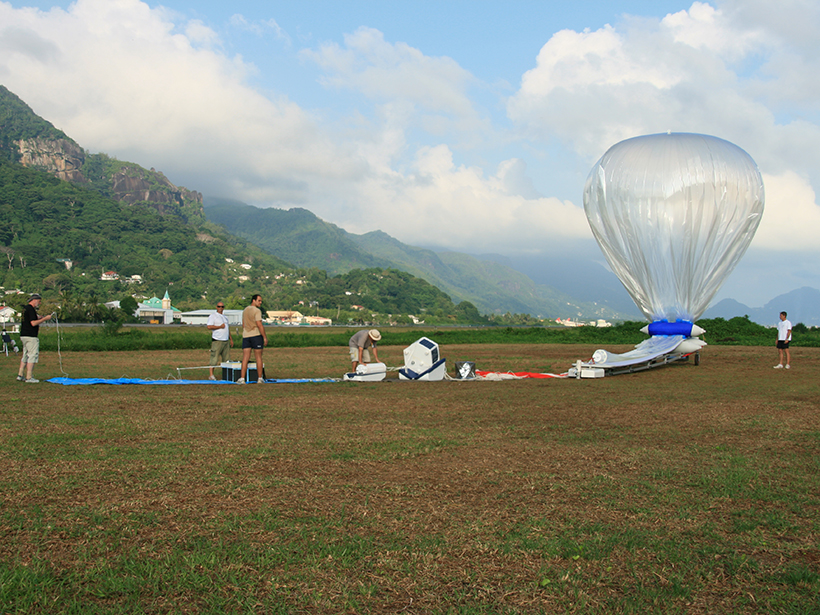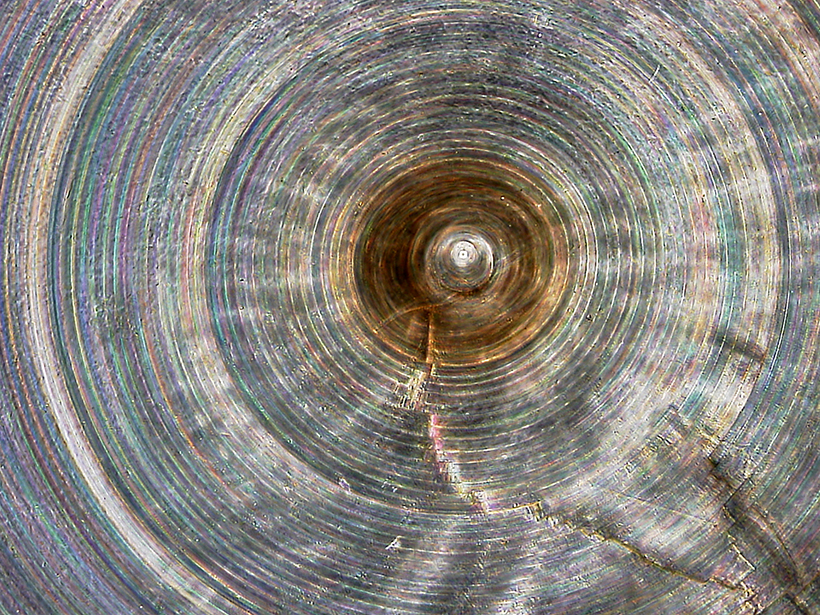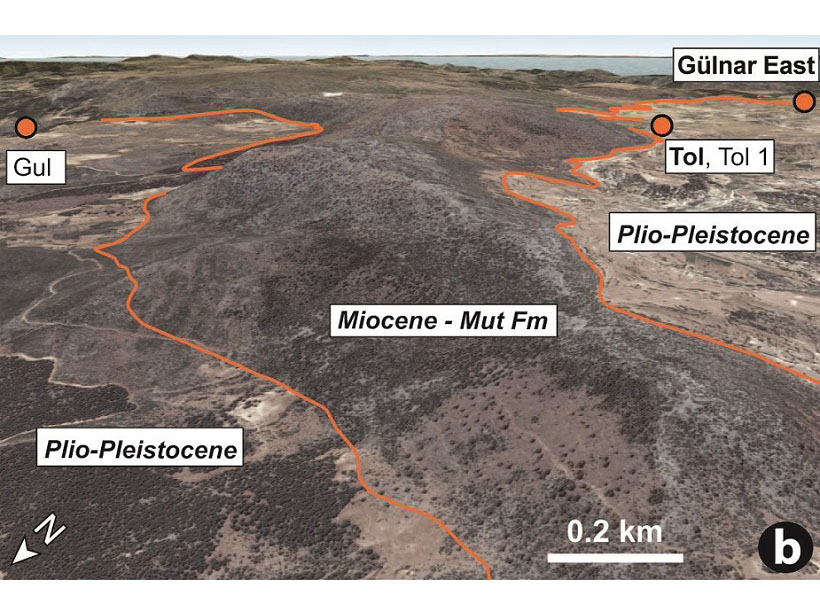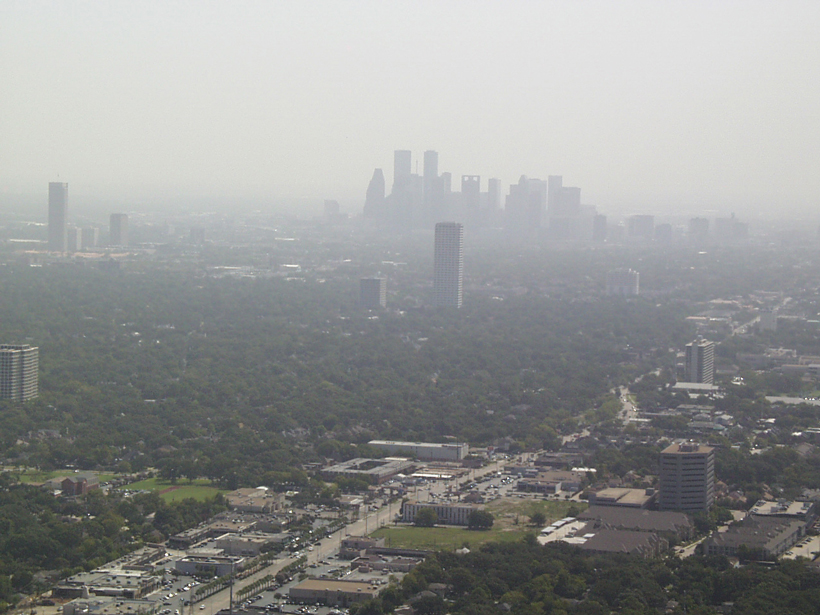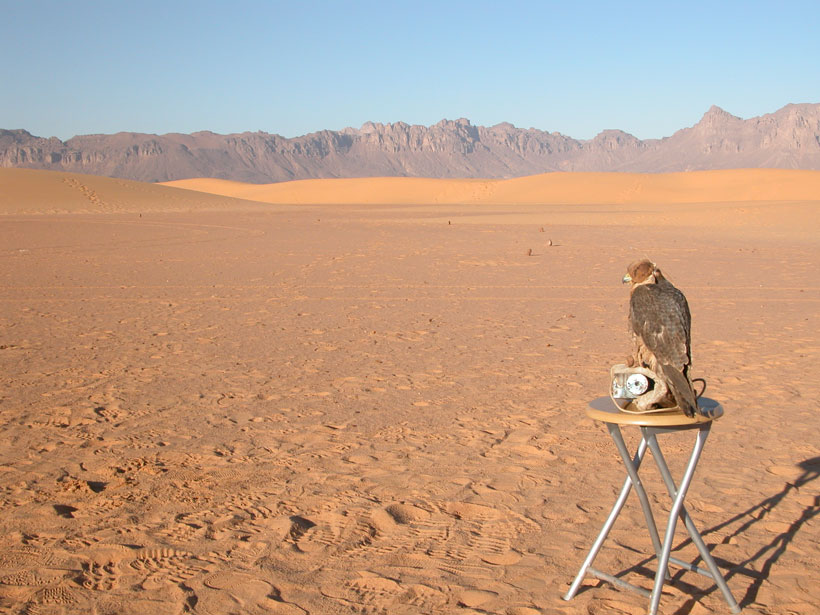Water Quality Workshop for End Users; Greenbelt, Maryland, 27 September 2017
Climate Change
Around the World in 84 Days
In the Stratéole 2 program, set to launch in November 2018, instruments will ride balloons into the stratosphere and circle the world, observing properties of the air and winds in fine detail.
The Government Sidelines Science, but to What Extent?
Anecdotes paint a grim picture about the state of scientific integrity in the current administration. Results from a newly opened and broad survey will show us this problem’s full scope.
One of World’s Oldest Animals Records Ocean Climate Change
Researchers probe millennia-old deep-ocean sponges for links between ocean nutrients and climate.
Climate Models Are Uncertain, but We Can Do Something About It
Model simulations of many climate phenomena remain highly uncertain despite scientific advances and huge amounts of data. Scientists must do more to tackle model uncertainty head-on.
Tracking Deep-Earth Processes from Rapid Topographic Changes
Rapid elevation-rise in Turkey, tracked by marine sediments that now sit at 1.5 km in elevation, is linked to deep-Earth processes that can explain short-lived, extreme rates of topographic change.
Shedding Light on the Southern Ocean Carbon Sink
One of the world’s largest carbon sinks is still poorly understood.
Ozone Pollution Maps Show Spikes Amid Broad Declines
Exceptionally comprehensive new maps detail current global concentrations and 15-year trends.
U.S. and China Assess Ecosystem Effects of a Fading Cryosphere
Impacts of a Changing Cryosphere on Lakes and Streams in Mountain Regions: US-China Collaborative Workshop at Qinghai Lake; Qinghai, China, 21–27 August 2017
Medieval Temperature Trends in Africa and Arabia
A synthesis of paleotemperature reconstructions from published case studies suggests warm onshore temperatures persisted across most of Afro-Arabia between 1000 and 1200 CE.


